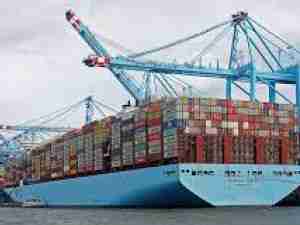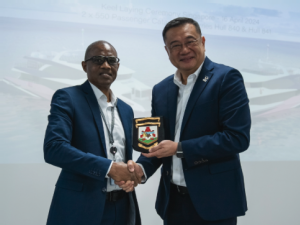The EU has released its Monitoring, Reporting, and Verification (MRV) data on vessel CO2 emissions for the first calendar year of that program. It should be noted that while the actual data has been made available, the European Commission and European Maritime Safety Agency (EMSA) have yet to issue a report summarizing the data’s findings. As with any large database, the MRV numbers can be presented in a number of ways, and headlines alone rarely tell the whole story.
For the container sector, the MRV numbers show that containerships emit 28% of CO2 emissions from international shipping into and out of the EU – or about a quarter of total shipping emissions.
To put that in context, container shipping carries about two-thirds of the European Union’s seaborne trade measured by value, worth about USD 1.6 trillion, so the value to society compared to emissions generated is quite favorable. In addition, the container sector has made the biggest gains in vessel fuel efficiency of any maritime sector over the past ten years, with new vessels being 30 to 50 percent more efficient than the vessels they replaced.
Despite the efficiency gains in the container sector and the high ratio of cargo value carried relative to emissions, the fact remains that all sectors in maritime transport will need to do much more in the coming years in order to meet and exceed the ambitious CO2 reduction goals that have been adopted by the International Maritime Organization.
The single most effective and necessary step will be a serious investment in research and development to identify new fuels to replace fossil fuels in shipping. Without new low and no-carbon fuels suitable for maritime use, we will end up nibbling around the edges of the problem without finding a long-term solution. The World Shipping Council, in cooperation with other organizations and governments, is developing a proposal for an international research and development program specifically focused on the development of low and zero-carbon fuels and technologies for use in the maritime sector. We look forward to sharing that work over the next year as the IMO and the industry work to develop a comprehensive strategy for reducing greenhouse gas emissions from shipping.










